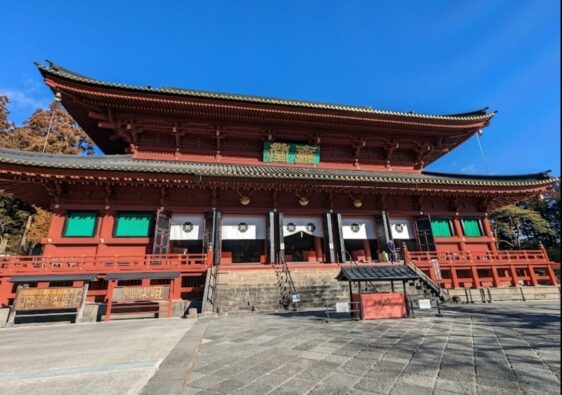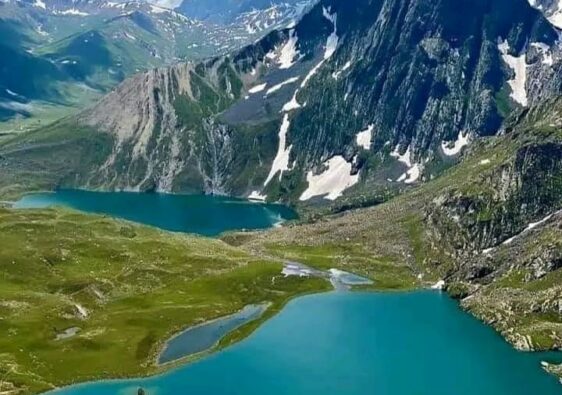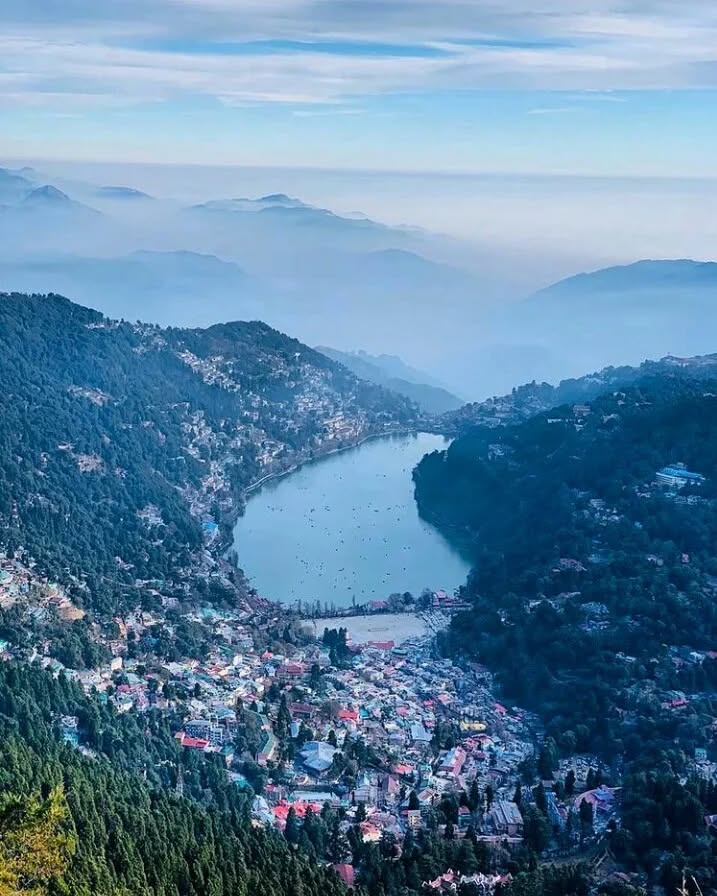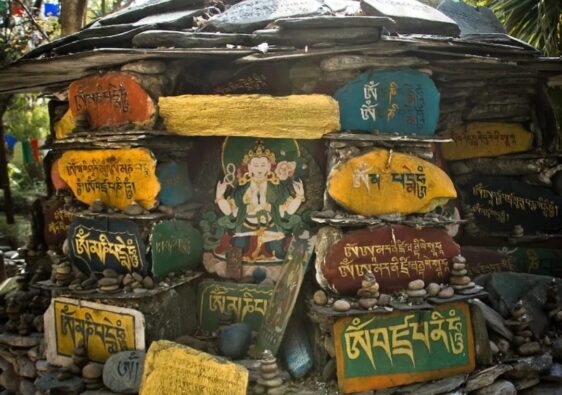Bodh Gaya, located in Bihar, India, is one of the most revered spiritual destinations in the world. It is the place where Siddhartha Gautama, known as the Buddha, attained enlightenment under the Bodhi Tree over 2,500 years ago. Today, is a UNESCO World Heritage Site and draws millions of pilgrims and tourists each year who seek peace, spirituality, and insight into Buddhism’s rich history.In this article, we will explore the significance, history, major attractions, and travel tips for visiting Bodh Gaya.
This is holds immense importance not just for Buddhists, but for anyone interested in spirituality and world history. According to ancient scriptures, after years of meditation and ascetic practices, Siddhartha sat beneath a peepal tree in Bodh Gaya. After meditating for seven days and nights, he achieved enlightenment, realizing the truths that would become the foundation of Buddhism.
King Ashoka, the famous Indian emperor, visited in the 3rd century BCE and built the original Mahabodhi Temple, establishing Bodh Gaya as a key pilgrimage site. Over centuries, various rulers and devotees contributed to the temple’s preservation and enhancement.
Major Attractions in Bodh Gaya
1. The Mahabodhi Temple
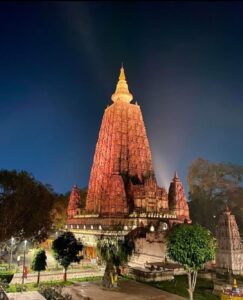
The Mahabodhi Temple is the centerpiece of Bodh Gaya. Standing at about 55 meters, this magnificent temple is a symbol of serenity and spiritual depth. Inside the temple, a gilded statue of the Buddha in a sitting posture reminds visitors of his enlightenment.
The temple complex is beautifully maintained with lotus ponds, meditation gardens, and a sacred Bodhi Tree, a descendant of the original tree under which the Buddha meditated.
2. The Bodhi Tree
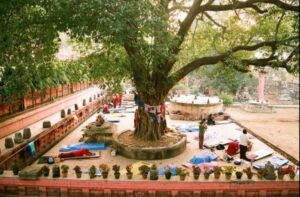
The Bodhi Tree is perhaps the most iconic symbols. Pilgrims from all over the world meditate, chant, and offer prayers under its expansive shade. Sitting under the Bodhi Tree is considered a deeply spiritual experience that connects visitors directly with the Buddha’s journey.
3. Great Buddha Statue

The Great Buddha Statue in Bodh Gaya stands at a towering height of 25 meters. This impressive sculpture was consecrated in 1989 by the 14th Dalai Lama. Made of red granite and sandstone, it depicts Buddha in a meditative posture and is surrounded by smaller statues of his disciples.
4. Monasteries and Temples from Around the World

Bodh Gaya is home to many monasteries built by Buddhist communities from different countries like Thailand, Bhutan, Japan, Tibet, and Sri Lanka. Each monastery showcases unique architectural styles and traditions, making Bodh Gaya a global hub of Buddhist culture.
5. The Archaeological Museum
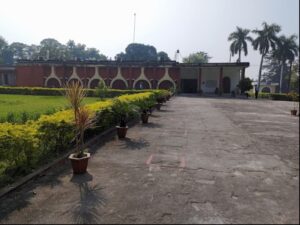
For history enthusiasts, the Archaeological Museum offers a fascinating glimpse into Bodh Gaya’s past. The museum houses ancient sculptures, artifacts, and relics dating back to the Gupta and Pala periods.
Why Visit Bodh Gaya?
Spiritual Awakening
Many travelers visit Bodh Gaya seeking a spiritual retreat. The peaceful atmosphere, combined with centuries of devotion, creates an environment that encourages meditation and self-reflection.
Cultural Diversity
In Bodh Gaya, you can experience a blend of cultures from across the Buddhist world. This diversity is reflected in the architecture, cuisine, and daily rituals practiced in the town.
Festivals and Events
The Buddha Jayanti, celebrating the birth, enlightenment, and death of Buddha, is one of the biggest festivals in Bodh Gaya. Another major event is the International Tipitaka Chanting Ceremony, where monks from around the globe gather to chant ancient scriptures.
Best Time to Visit
“The best time to visit Bodh Gaya is between October and February when the weather is cool, pleasant, and ideal for sightseeing. During these months, important festivals like Buddha Jayanti and international chanting ceremonies take place, offering a vibrant spiritual atmosphere. Avoid the summer months, as temperatures can be extremely high and uncomfortable for travelers.”
How to Reach
- By Air: The nearest airport is Gaya International Airport, about 12 kilometers from Bodh Gaya.
- By Train: Gaya Railway Station is well-connected to major Indian cities.
- By Road: Regular buses and taxis operate from Patna, Gaya, and other nearby cities.
Travel Tips
-
Dress modestly, especially when visiting temples and monasteries.
-
Remove your shoes before entering any religious site.
-
Respect the peaceful and meditative atmosphere.
-
Stay hydrated and carry light snacks if you’re planning long meditation sessions.
